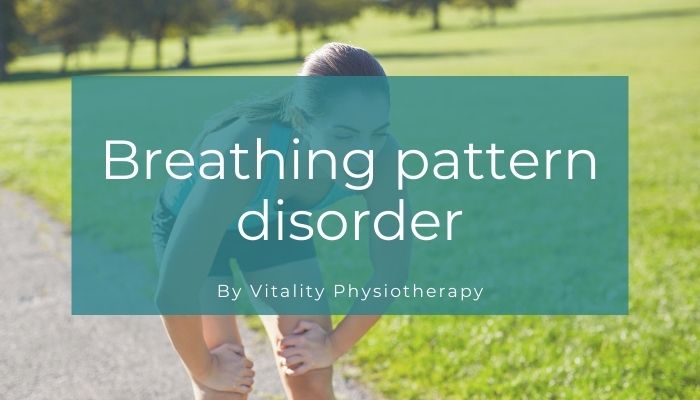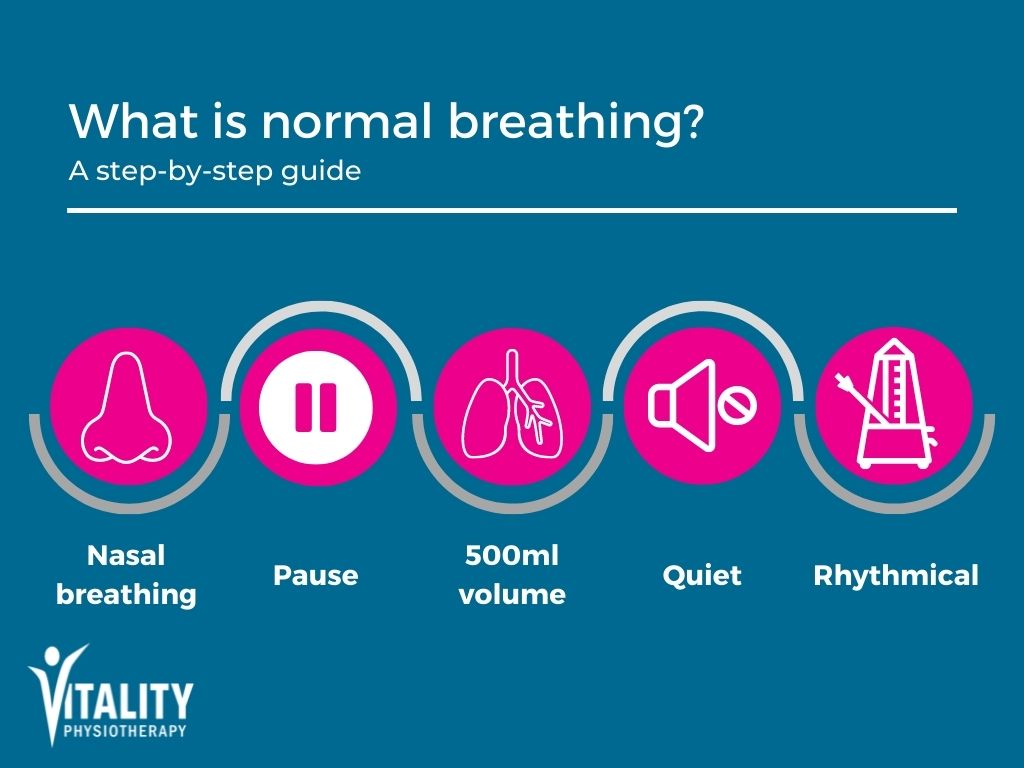Long Covid: Breathing pattern disorder

Without it, life cannot be sustained, it is as simple as that. Breathe in, breathe out, our simple but most important automatic reflex-controlled function. Most of the time, our brain and reflexes do all the work for us. Have you ever observed a sleeping baby, breathing gently as their chest rises and falls, effortless and without any conscious process involved?
When the demand arises, we can consciously decrease or increase our rate of breathing. Do you remember the days of “hide and seek” when the suspicious seeker was dangerously so close you’d dare not breathe, or the exhilaration associated with the rapid preparatory breathes I take before that first jump off the highboard at the local swimming pool?
What is a normal breathing pattern?
- Gentle breathing through the nose
- Breathing in for 1-1.5 sec
- Breathing out for 1.5-2 sec
- Pause between in and out breath
- Take 10-14 breaths per minute in adults
- Breathe about 500ml of air per breath
- Breathing is quiet

The normal breath cycle
Sometimes it goes wrong and our breathing becomes dysfunctional. What is dysfunctional breathing (DB)?
This can occur with heavy exercise, strong smells, cold weather, stress or other triggers. People would breathe rapidly through the mouth, breathe using the upper chest. The accessory neck muscles work hard and you will effectively hyperventilate.
The primary symptom is often breathlessness but is usually clarified as a feeling or need for more air or “air hunger”. Additionally, DB may cause non-respiratory symptoms such as dizziness and palpitations. It has been identified across all ages. In the United Kingdom, its prevalence is approximately 9.5% among adults.
What happens when we breathe?
We breathe in air containing a mixture of oxygen (O2) and carbon dioxide (CO2) and other gases. Our bodies process and use some of the inhaled oxygen to make energy, and creates carbon dioxide as a result. When you breathe out the air contains less oxygen and more carbon dioxide. However, carbon dioxide is not just a waste product of our body’s processes, it also has a vital role in regulating the pH of the blood. During stressful situations, a higher level of CO2 in your blood, helps your body to produce adrenaline which will help you flee from danger.
How does hyperventilation affect our bodies?

Some of the most common symptoms of hyperventilation
When we hyperventiltate, and there is less CO2 and more O2 in the blood, this causes respiratory alkalosis, or decreased acidity of the blood. This causes our blood vessels to constrict and causes reduced blood supply to the brain, among other things. This causes a feeling of light-headedness and pins and needles in the fingers, muscle cramps and exhaustion.
When overbreathing becomes regular and more permanent, the brain recognizes this lower level of carbon dioxide and accepts it as being normal. Consequently, the body is constantly on alert. This cycle of hyperventilation causes a self-perpetuating cycle, that fuels back into the system making you feel more anxious, more breathless and more hungry for air.
We also alter our posture significantly when we over breathe, adopting hunched-up shoulders as a result of rapid breathing. This causes us to use our neck accessory muscles to help draw air into our lungs. Prolonged and ongoing use of these neck muscles can cause an aching neck and stiff shoulders. Typically we can overuse sternocleidomastoid and scalene muscles which are at the front of our necks to do so. Check out this helpful video to hear more about breathing pattern disorder.
